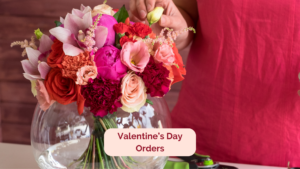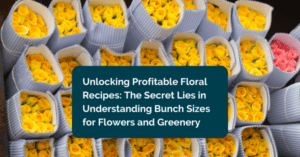Why is learning how to price wedding floral arrangements important to florists?
Pricing wedding floral arrangements accurately is a critical step for florists aiming to run a profitable business because, without a structured approach florists risk underpricing. Which can lead to profit loss and missed revenue.
In this guide, we will walk you through the essential components for setting prices that cover costs, meet client expectations, and ensure profitability.
At the end, you’ll understand how to:
- Create profitable floral recipes
- Incorporate all relevant costs
- Communicate clear quotes to clients
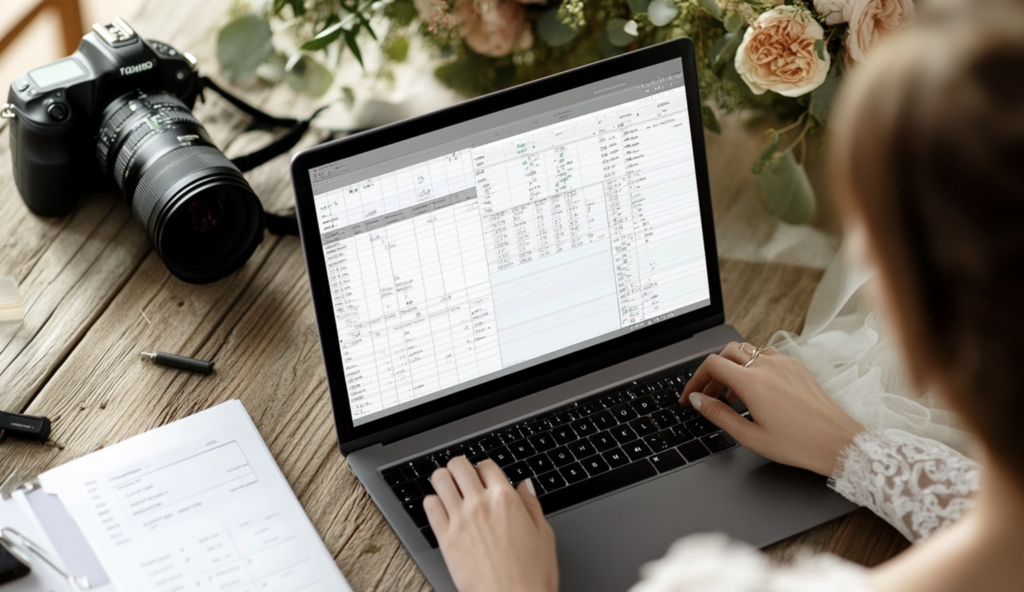
Understanding Costs in How to Price Wedding Floral Arrangements
1. Calculate Your Cost of Goods Sold (COGS) for Wedding Floral Arrangements
Your Cost of Goods Sold (COGS) covers all the raw materials used in your floral arrangements, including flowers, greenery, containers, and floral mechanics like foam, tape, and wire.
To price wedding florals effectively, it’s crucial to have an accurate list of each item’s cost.
For example:
- Flowers and Greenery: Roses, Ranunculus, Wax flowers, eucalyptus, and other greenery add up quickly.
- A bouquet with 10 roses at $2 each and filler greenery at $1 per sprig may cost around $30 in raw flower costs alone.
- Containers: Vases or other containers can range widely in price.
- A mid-range glass vase might add $5-$15 to your COGS.
- Higher-end mercury glass is costly to rent, store, and care for.
- Mechanics: Floral foam, wires, tape, chicken wire, and pins should also be accounted for, often around $2-$5 per arrangement.
By totaling these costs, you’ll have a baseline from which to start your pricing.
2. Factor in Labor Costs When Pricing Wedding Floral Arrangements
Labor includes the time spent prepping, designing, arranging, and setting up. However many florists for weddings should consider additional labor for onsite setup and teardown. Establishing an hourly rate for yourself and any staff will give you a reliable figure for labor costs.
For instance:
- Hourly Rate: If your rate is $25 per hour and an arrangement takes two hours to design, labor costs a total of $50.
- Onsite Setup: Weddings often require special handling and can take additional time. Set a separate rate for setup, such as $50 per hour for staff.
Labor can fluctuate depending on the arrangement type and setup requirements, so tailor this to each wedding for accurate pricing.
NB: Most florists forget to include the pay rate at a markup of 1.25% or 1.5% to include and cover the payroll cost leading to less profit.
3. Include Overhead Costs When You Price Wedding Floral Arrangements
Overhead covers expenses are not tied to individual arrangements but are essential to business operations, like rent, utilities, insurance, transportation, advertisements, and storage. Allocate a portion of your monthly overhead to each arrangement.
For example:
- Total Monthly Overhead: $3,000 in overhead divided by 50 weddings in a year equals $60 per wedding.
Use our calculator and learn what your monthly overhead cost is.
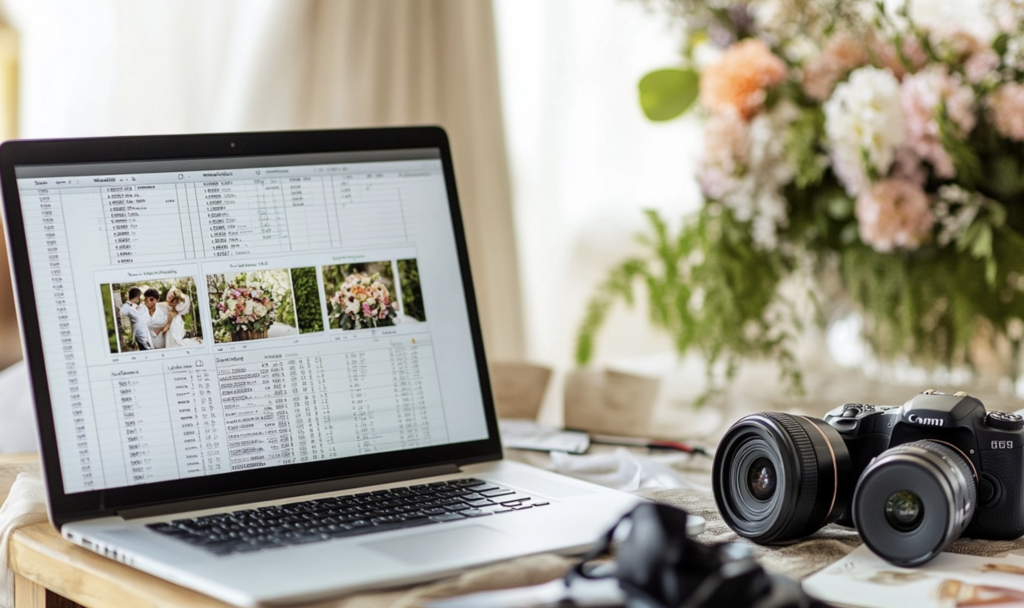
Industry-Standard Pricing Models for How to Price Wedding Floral Arrangements
1. Standard Markup
Most florists use a markup of 3-5 times the flowers and greens to cover all expenses and profit margins.
For example:
- If an arrangement’s wholesale cost is $15, a 3x markup would price it at $45.
- If an arrangement’s wholesale cost is $15, a 4x markup would price it at $60.
You can see how the markup changes the price thus changing your profit. This markup model ensures that even when costs fluctuate, you are covering all essential expenses.
2. Cost-Plus Pricing for Wedding Floral Arrangements
With this model, you add a fixed percentage to the total cost of materials (flowers, fillers, greens, hard goods), labor, and overhead. This works well for florists who want a consistent profit margin on every piece.
Example Calculation:
If COGS and labor total $100, adding a 20% markup brings the price to $120. Cost-plus pricing offers a predictable way to add a stable profit to your base costs.
3. Hourly Rate-Based Pricing for Wedding Floral Arrangements
For custom or labor-intensive arrangements, charging by the hour helps cover extensive time on larger installations. Wedding florists may charge an hourly rate to account for intricate work or unique requests.
For example:
- Hourly Rate of $30: An installation that takes three hours would total $90 in labor costs alone.
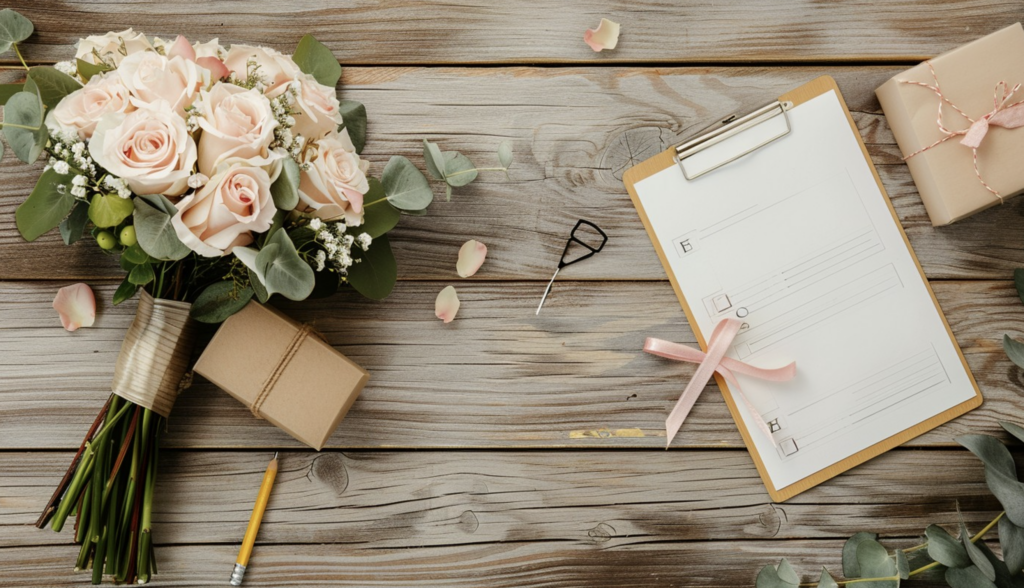
Using Floral Recipes to Price Wedding Floral Arrangements
Floral recipes outline each flower type, stem count, and cost per arrangement, helping you control expenses while ensuring consistent designs.
Creating a Recipe for Each Wedding Floral Arrangement
1 – Start by listing each stem of flowers used, even the tiniest sprig or head of flowers.
2 – List all types of fillers needed for a bridal bouquet or centerpiece.
For example:
- Bridal Bouquet Recipe: 5 roses, 3 peonies, 2 lisianthus stems, 2 sprigs of eucalyptus, totaling $25 in Wholesale cost.
- Recipe Benefits: Recipes prevent over-ordering, make quoting easier, and enable you to meet client expectations with consistency without compromising your profit and reputation.
3 – Add the hardgoods
4 – Add labor (most important).
Avoiding Over-Ordering
Use recipes to limit each flower type to what you need. Adding a 20% buffer can prevent shortages without unnecessary expense.
For example, if a recipe calls for 10 stems of roses, ordering 12 ensures extra blooms for quality assurance without excessive cost.
Special Considerations for Pricing Wedding Floral Arrangements
Venue and Logistics for Wedding Floral Arrangements
Every venue has unique setup needs. Outdoor locations might require additional equipment to protect flowers from heat or wind, while indoor spaces may have specific rules regarding setup.
For example: Historical venues will not allow you to roll carts on the floor. Venues that have stairs and no elevators will increase your load time.
Setup and Strikedown Teardown Fees for Wedding Floral Arrangements
For weddings, setup and takedown are often mandatory. These fees can range from $100-$500 depending on the complexity of the setup.
For Mayuri’s Floral Design: We do a minimum of 20% and it can be as high as 30% depending on the event details.
Seasonal Pricing Adjustments
Some flowers cost more during peak wedding seasons. For instance, peonies are more expensive in spring. Educate clients on the cost benefits of seasonal choices or alternative flowers.
One way to battle the consistent cost is to take the low price and high price and take a median and use that all the time. You will save yourself the headache and come out profitable.
Rush Orders for Last-Minute Wedding Floral Arrangements
Rush fees can offset last-minute orders or urgent requests. For example, a 10% shipping fee for rush orders can compensate for additional labor and sourcing from another wholesaler.

Strategies for Quoting Clients on How to Price Wedding Floral Arrangements
Transparency in Pricing Wedding Floral Arrangements
Breaking down costs helps clients understand the value of your work. Clearly show the prices for each item, labor, and overhead, so they know exactly what they’re paying for.
Offering Customized Packages for Wedding Floral Arrangements
Customized packages allow clients to choose based on budget and needs.
For example:
- Basic Package: Includes bouquets, centerpieces, and boutonnières.
- Average Package: Includes bouquets, tall and short centerepieces, boutonniers, cocktails, and ceremony decor.
- Luxury Package: Adds more complex installations like arches or floral walls.
Presenting High-End Options in Wedding Floral Arrangements
Offer premium versions of arrangements to give clients flexibility. Presenting high-end options with lush, high-quality flowers like garden roses, lisianthus, or ranunculus can increase perceived value and help them justify the added cost.
Adding Value and Maximizing Profit
Upselling Additional Arrangements in Wedding Floral Pricing
Suggest aisle markers, floral arches, or ceremony backdrops to increase the order value. For example, a floral arch adds beauty and value to the wedding while boosting your profit.
Repurposing Arrangements for Wedding Floral Pricing
Repurpose ceremony arrangements for the reception to maximize the client’s investment. This not only enhances the aesthetic but also helps control costs. Charge for the duration of the on-site time in the repurposing cost including freshening up the flowers.
Choosing Efficient Flowers for Wedding Floral Arrangements
Use flowers with multiple blooms, like spray roses or hydrangeas, for a fuller look with fewer stems. Use larger flowers or big roses which take up as much space as possible and allow the flowers to open up fully. Remember that your client’s goal is to showcase the wedding and not last after the wedding. This strategy helps you keep costs down while delivering abundant-looking designs.
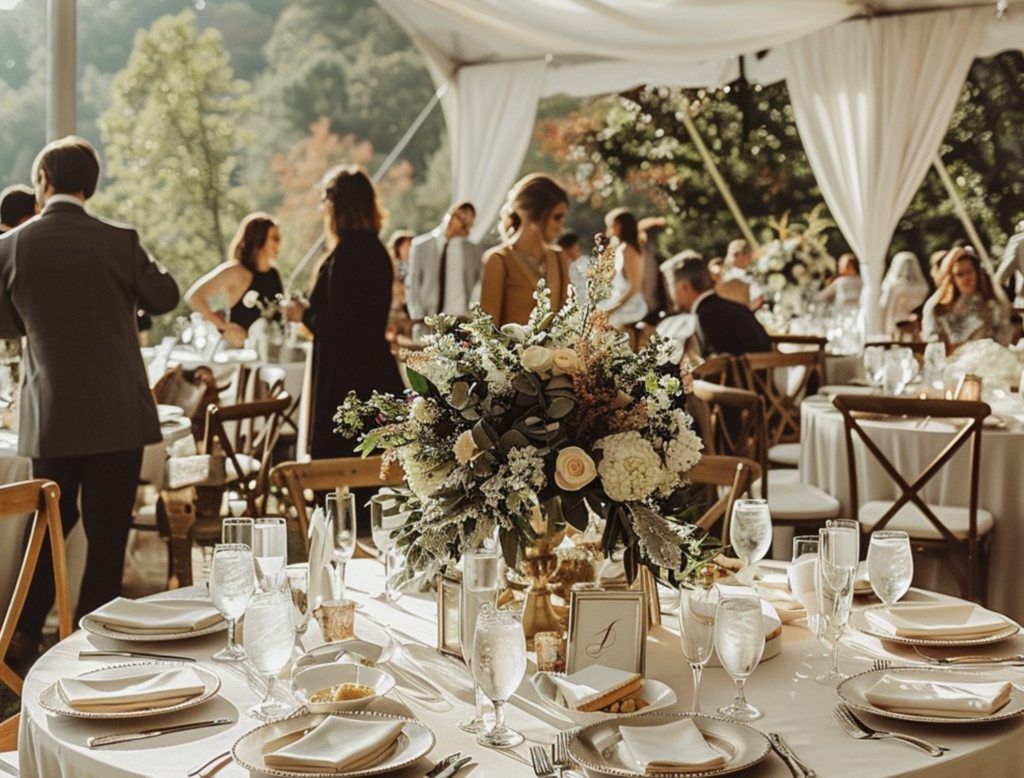
Common Pricing Mistakes
Underestimating Labor Costs in Wedding Floral Arrangements
Estimate time spent on all tasks accurately. If the setup requires several hours, account for every minute to avoid labor loss.
Here are a few labor tasks you should think about:
- Prep Time
- Pulling Inventory
- Load and Unloading Time
- Cleaning and Restocking the inventory
- Design consultation (can also be considered in the labor tasks)
Ignoring Small Costs in Wedding Floral Arrangements
Items like ribbon, wire, and delivery packaging may seem small but they add up. Allocate 5-10% for these “hidden” costs to avoid profit erosion.
On True Client Pro, we preload you with recipe templates with the items for bouquets, boutonniers, and centerpieces.
However, you can create your own recipe templates, all you have to do is add your flowers and greens. Book a Call with us to learn more.
Overestimating Client Budgets in Wedding Floral Arrangements
Establish budget limits early to ensure designs align with client expectations and affordability. Include a question on your lead capture form to learn about their constraints. Misalignments in a budget can lead to last-minute adjustments and a loss of profit.
Mastering How to Price Wedding Floral Arrangements
Pricing wedding floral arrangements effectively is essential for running a profitable and sustainable business. By calculating all costs, using floral recipes, and offering clear, customizable quotes the florists can meet client expectations while boosting their bottom line. Implementing these strategies ensures that every arrangement is not only beautiful but also profitable.
By using our calculator you can determine your markup for your floral business.
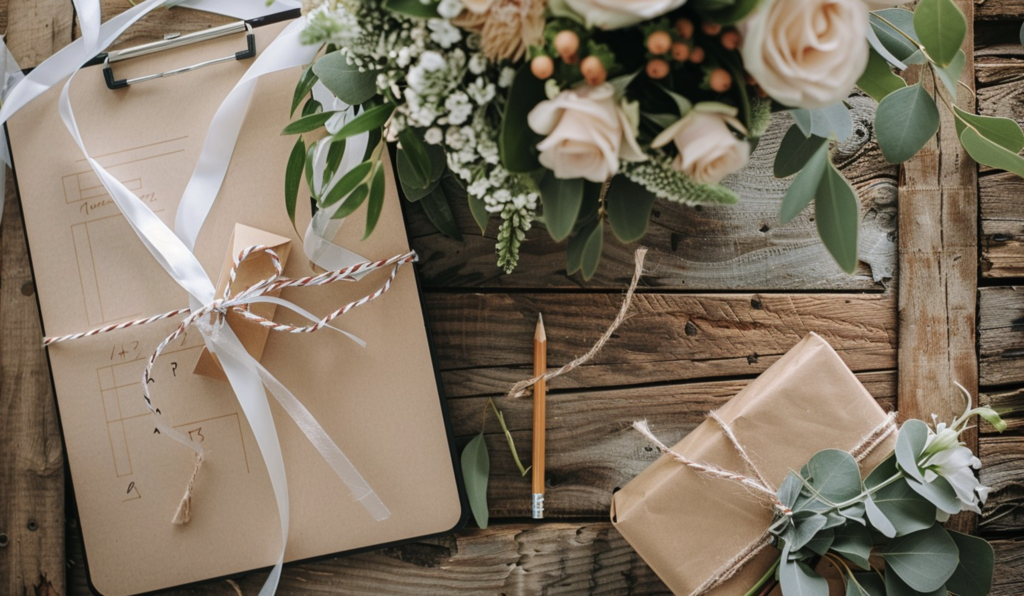
Visit us at True Client Pro to streamline your floral business.


